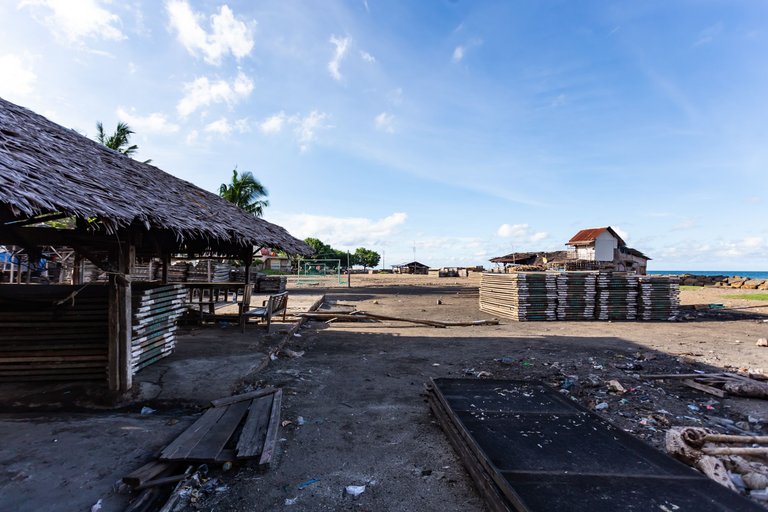
A few weeks ago, the salted fish processing center in the local city became a place of visit in order to capture some of the moments of these salted fish entrepreneurs. Wooden houses with thatched roofs are the hallmark of salted fish processing facilities located in coastal areas. Of course, the location selection had been carefully considered by them. Because the main requirement in processing salted fish is sufficient sunlight for the process of drying small fish as the main ingredient.
Another consideration is ease of access to these main ingredients. Usually, these small fish are caught by fishermen who are less desirable in the market. Therefore, manufacturers of salted fish profit from this circumstance. How is the salted fish processed? Here are some moments to illustrate it:
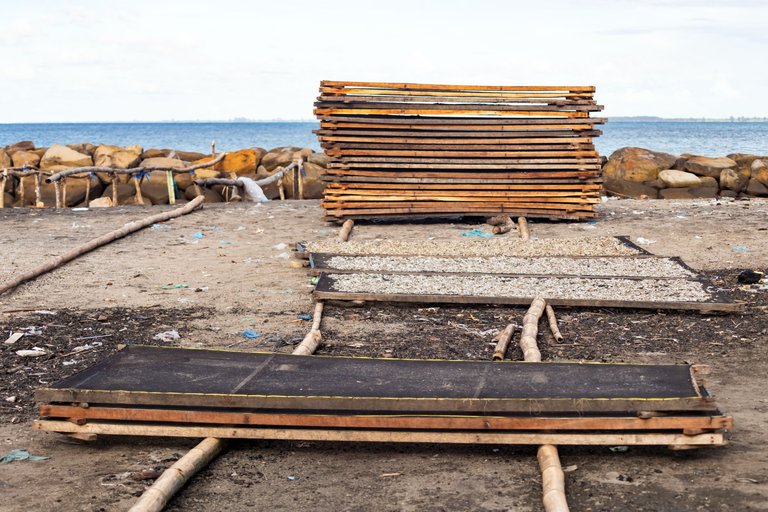
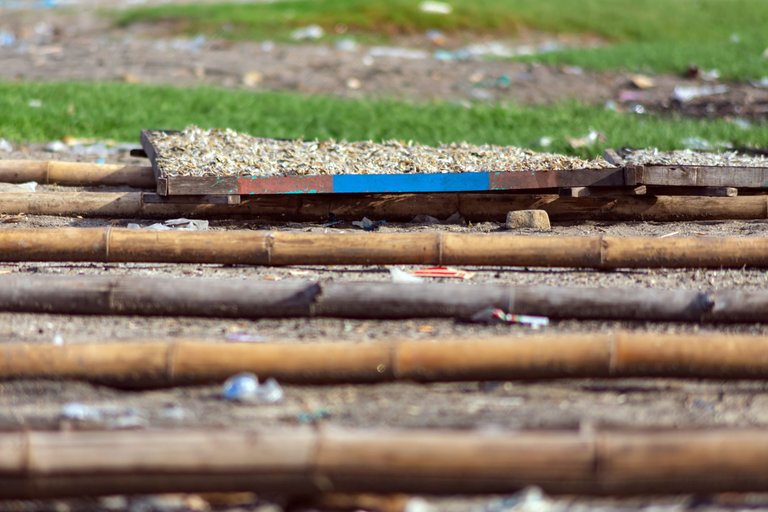
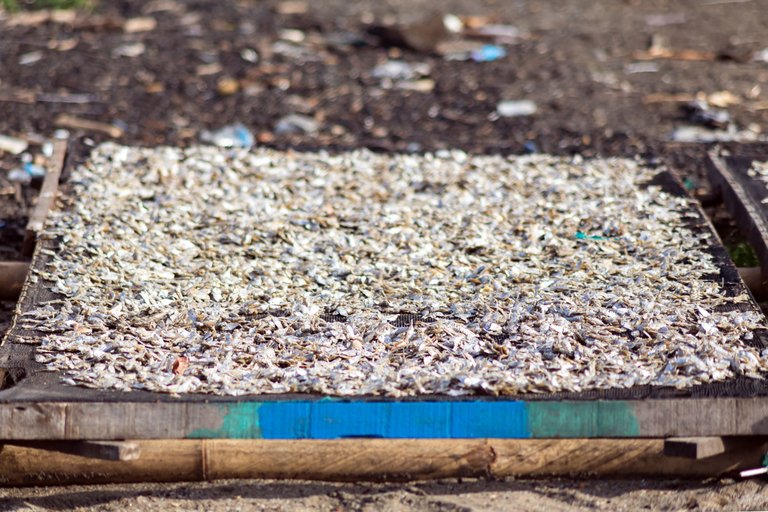
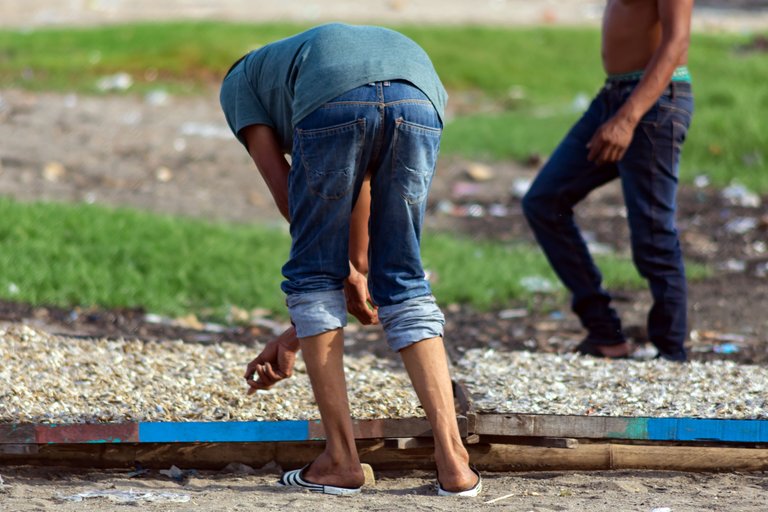
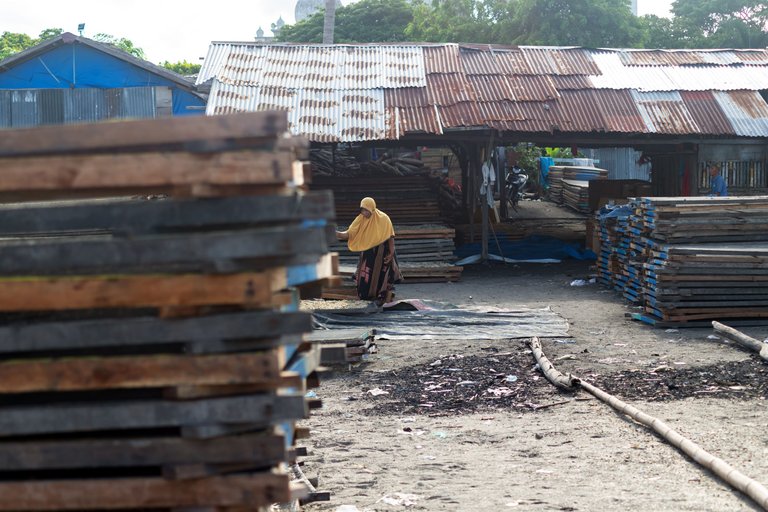
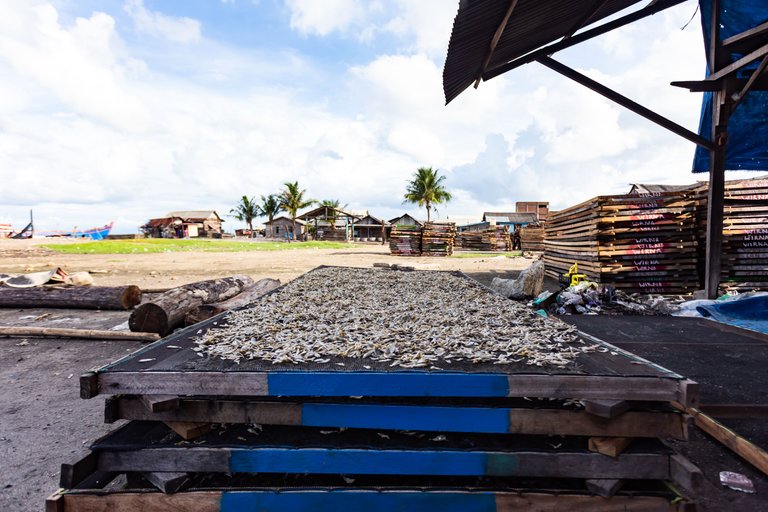
Here, once the fresh little fish are initially boiled, the drying procedure is the following step in processing salted fish. When you visit this location, the logs used as fuel and the kitchen where the fish is boiled become a unique sight.
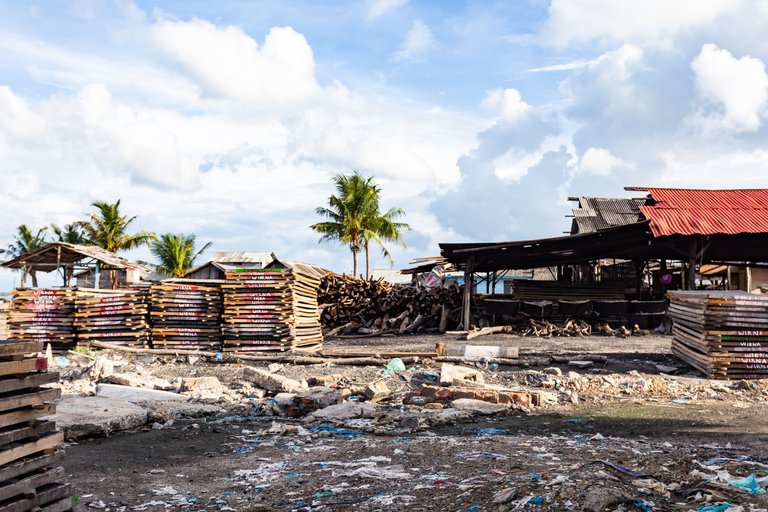
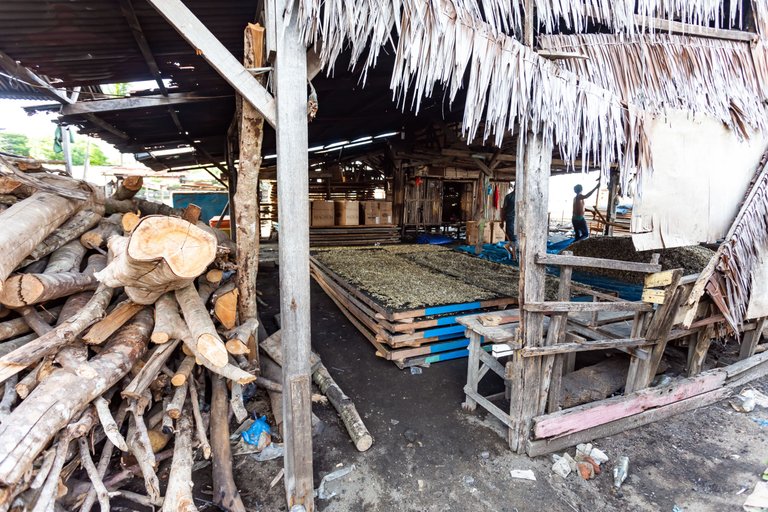
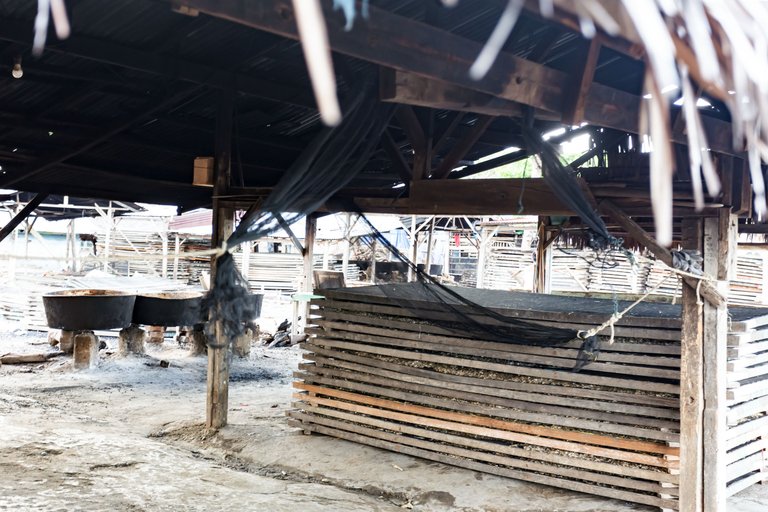
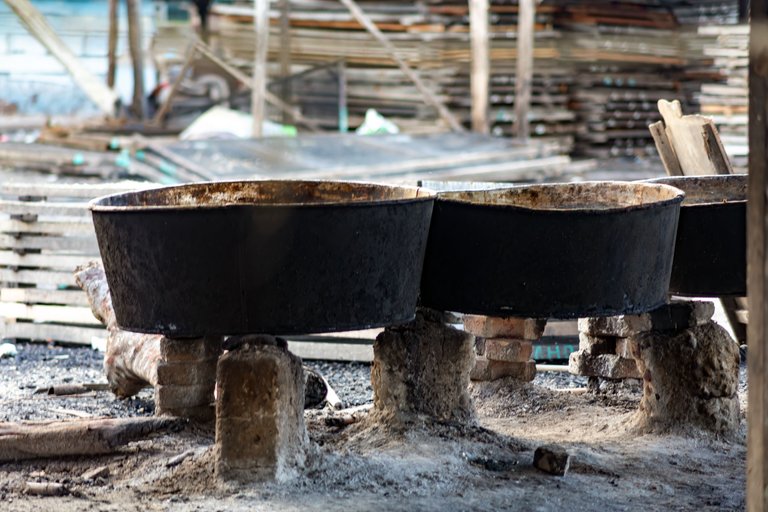
Unfortunately, they had already begun the boiling process when I arrived. They can now be seen packaging the salted fish for sale to salted fish collectors.
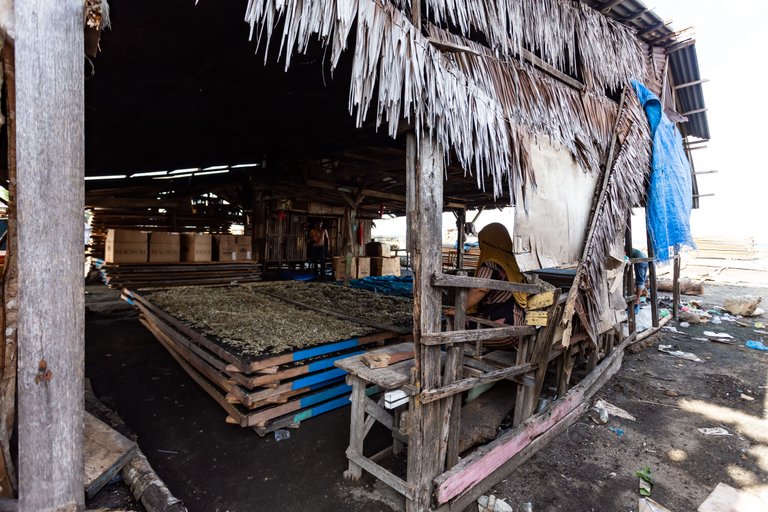
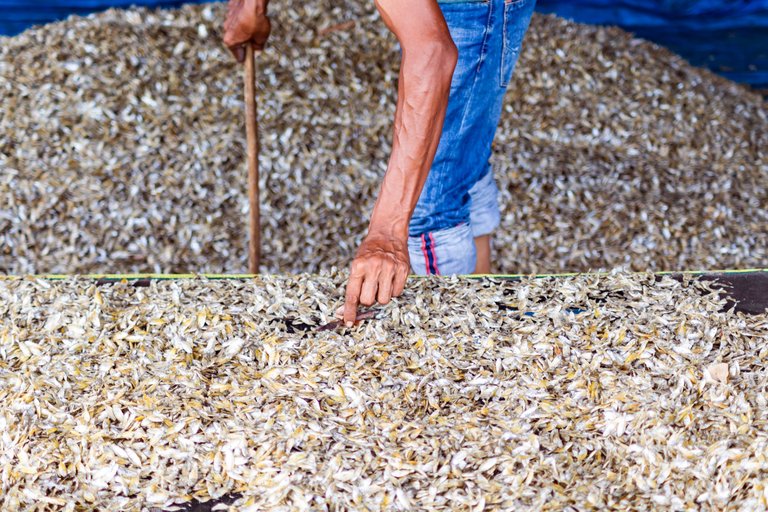
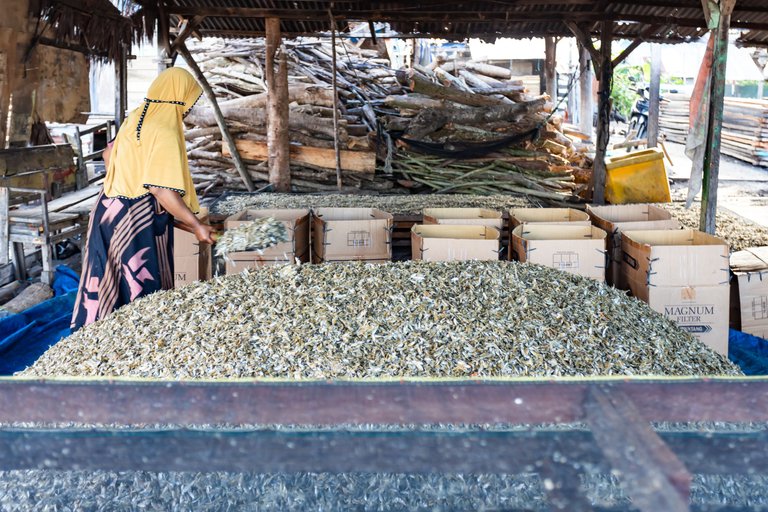
This is fresh fish that has been dried and sold directly to salted fish collectors in other neighboring cities.
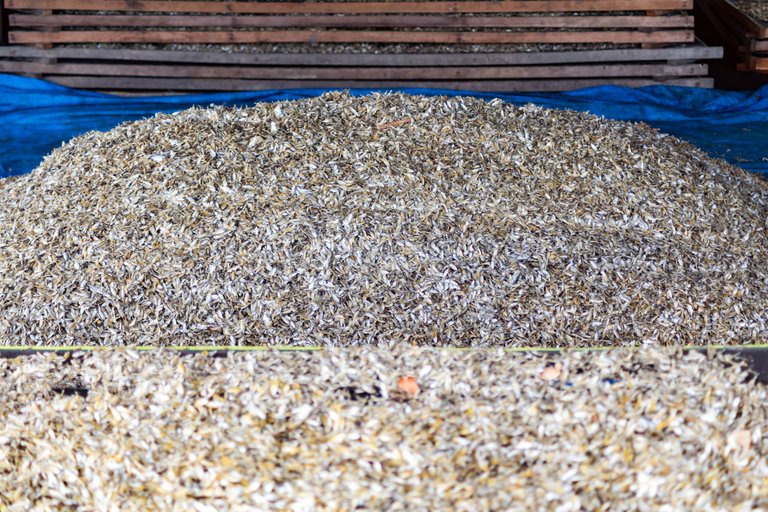
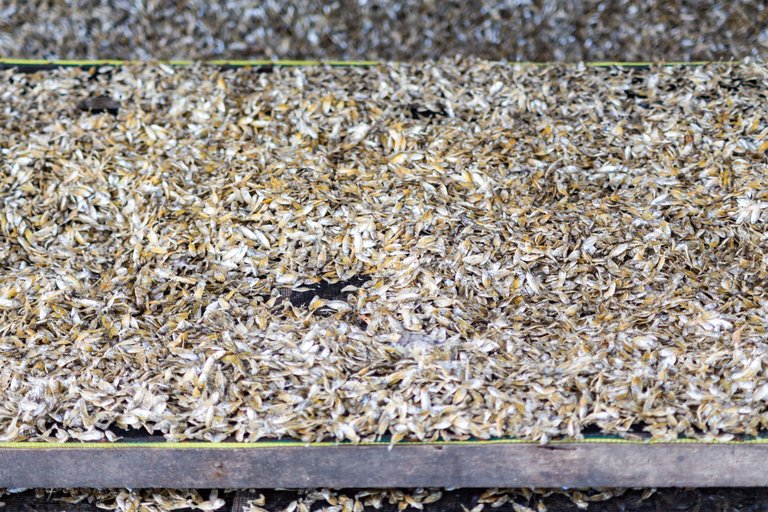
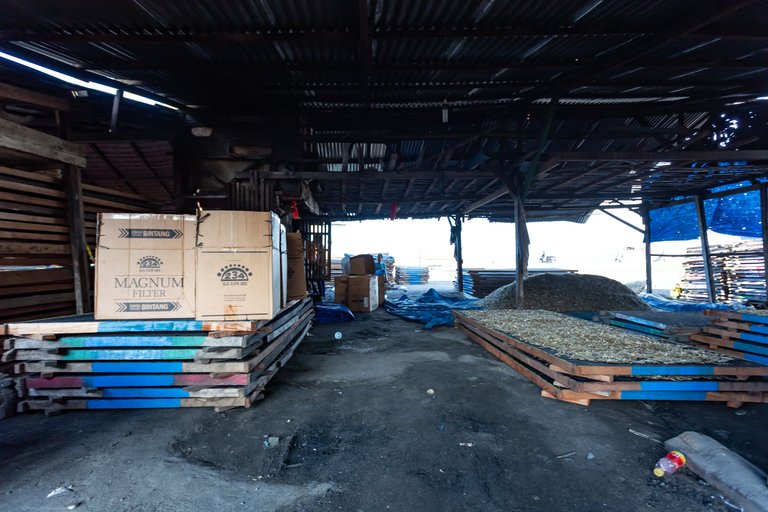
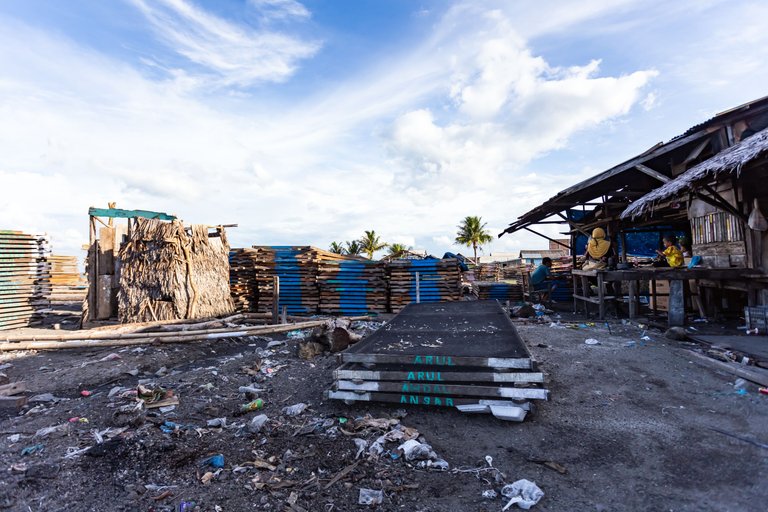
Although some processes were not caught, other equipment used in processing salted fish became other shooting objects. Among them is a clothes line made of rectangular wood covered with fishing nets. Here is how it looks:
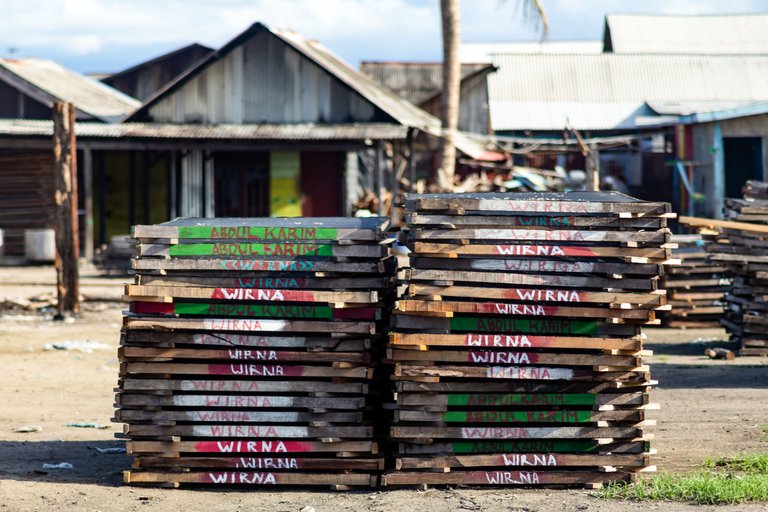
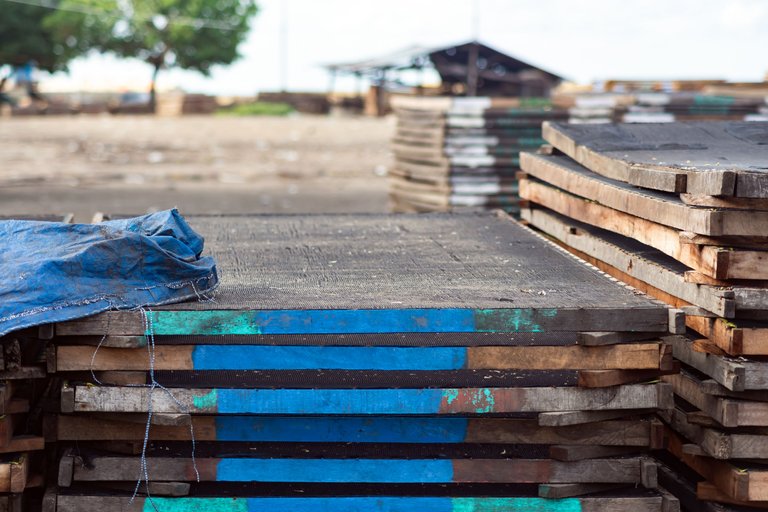
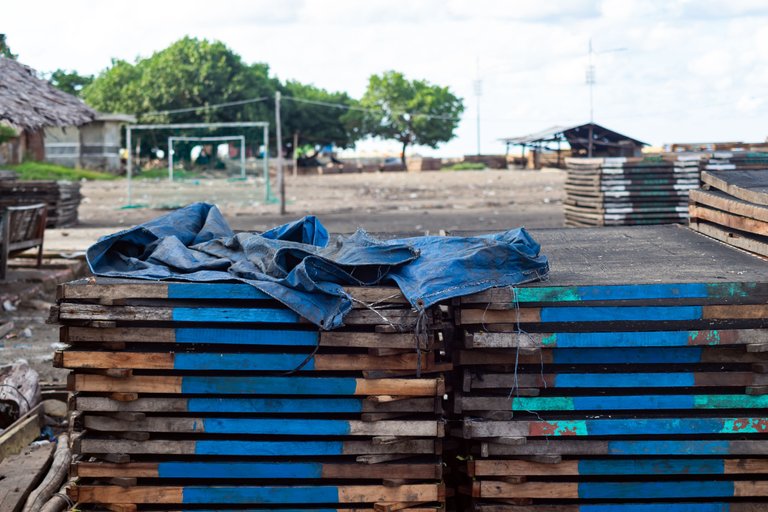
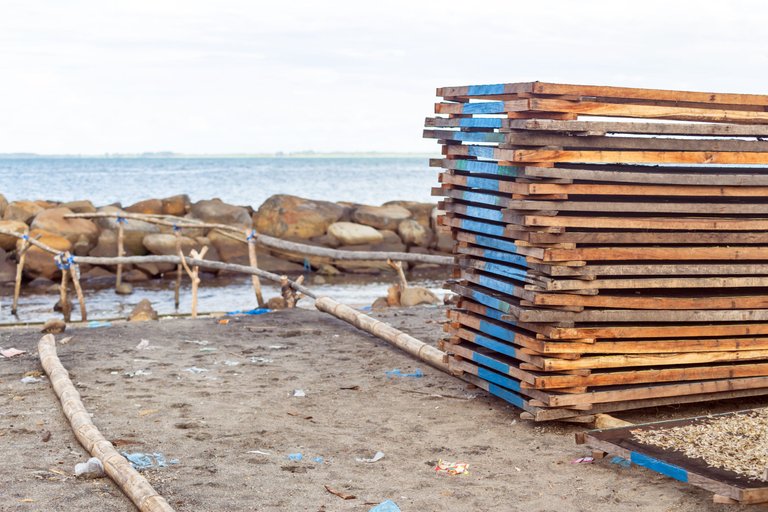
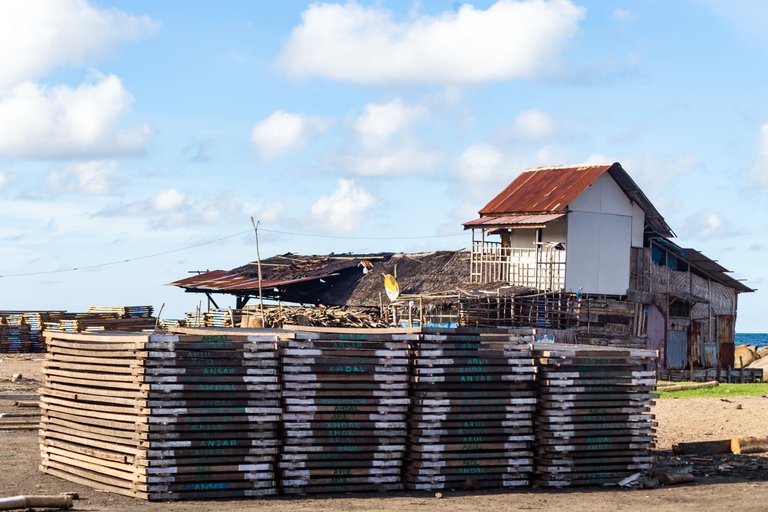
Taking advantage of the stretch of coastline, pieces of bamboo are used for drying salted fish, and here the weather is quite hot during the day.
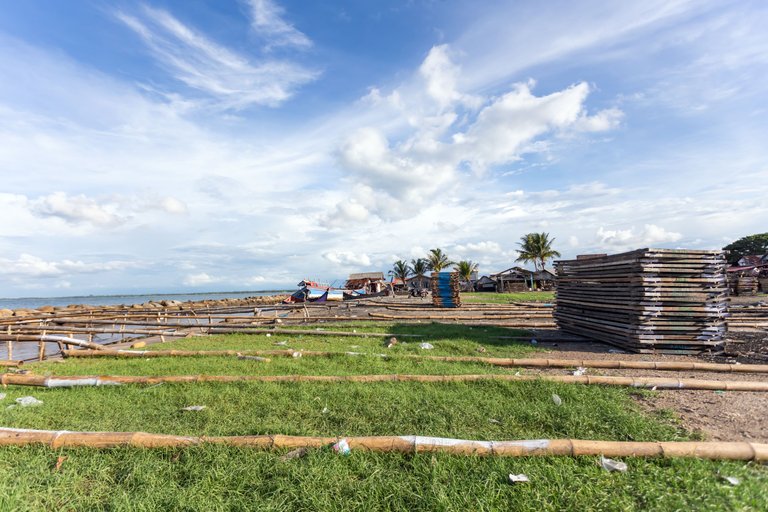
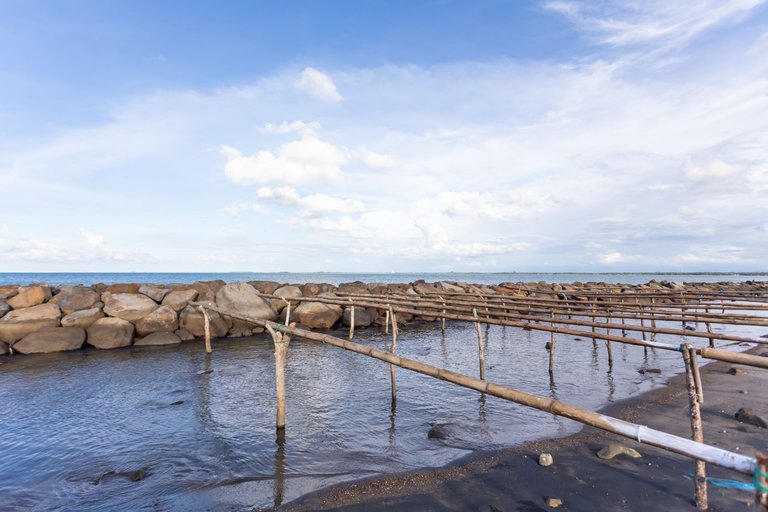
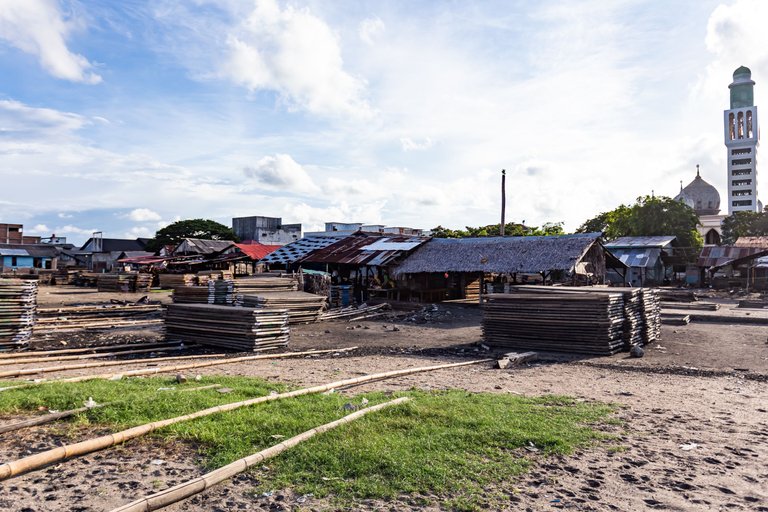

The narration in this post is the result of a short interview with the salted fish entrepreneur in the picture above.
Photographs were taken: Lhokseumawe - Indonesia.
HAPPY WEEKEND! Thank You by @ichsannanda (nandaalbintang)
This pictures taken with: Canon EOS 6D camera: 70-300 + 17-40mm Lens.


